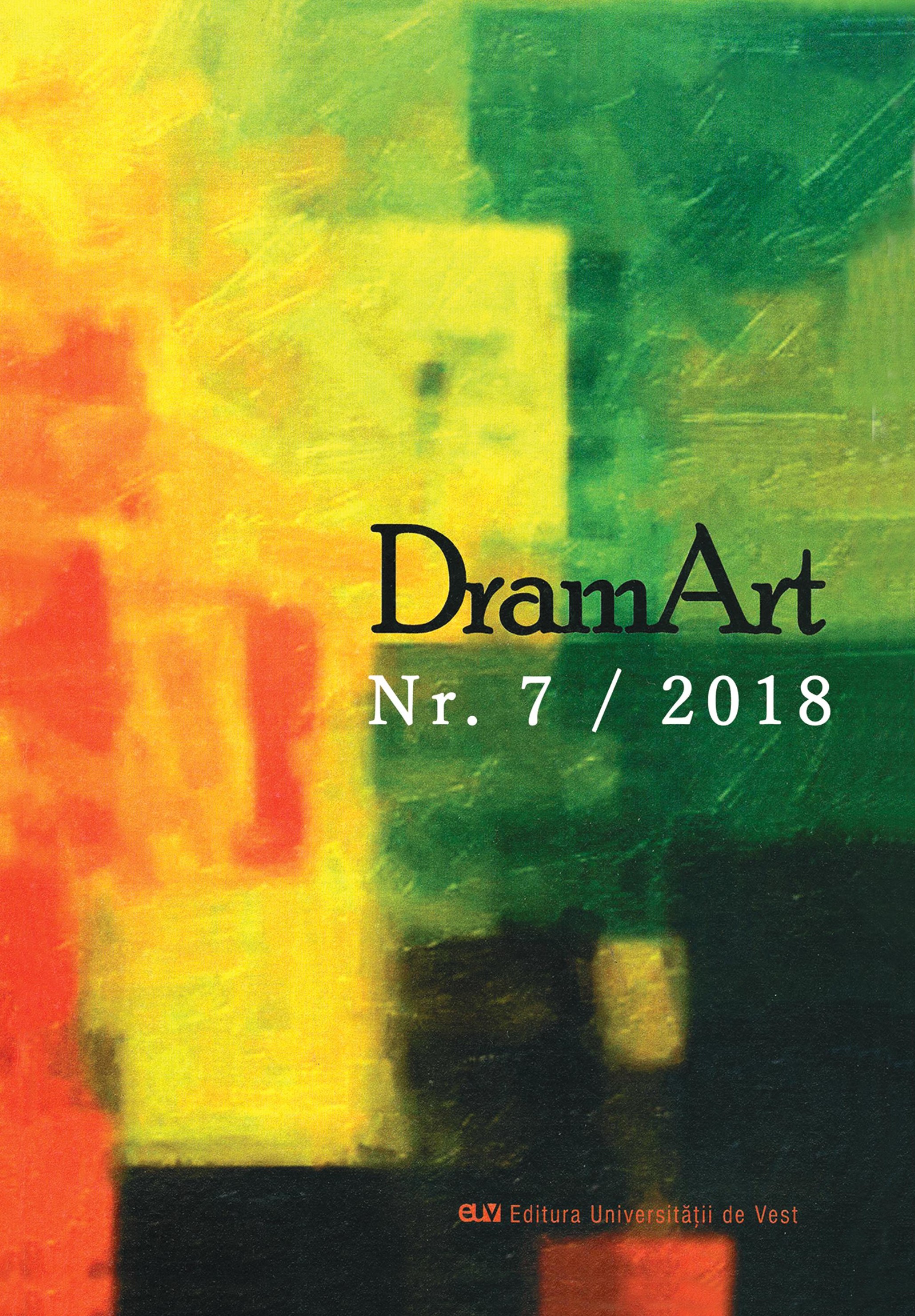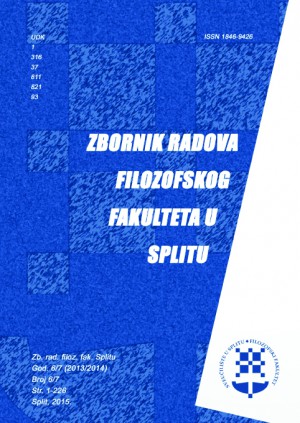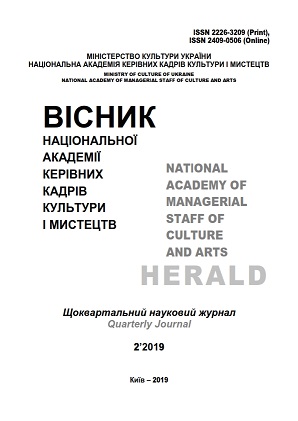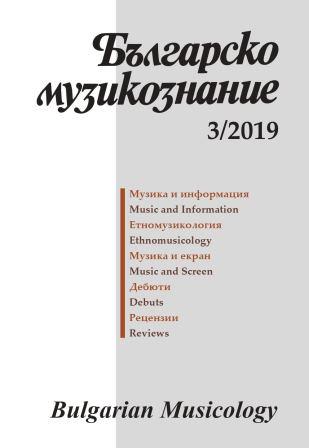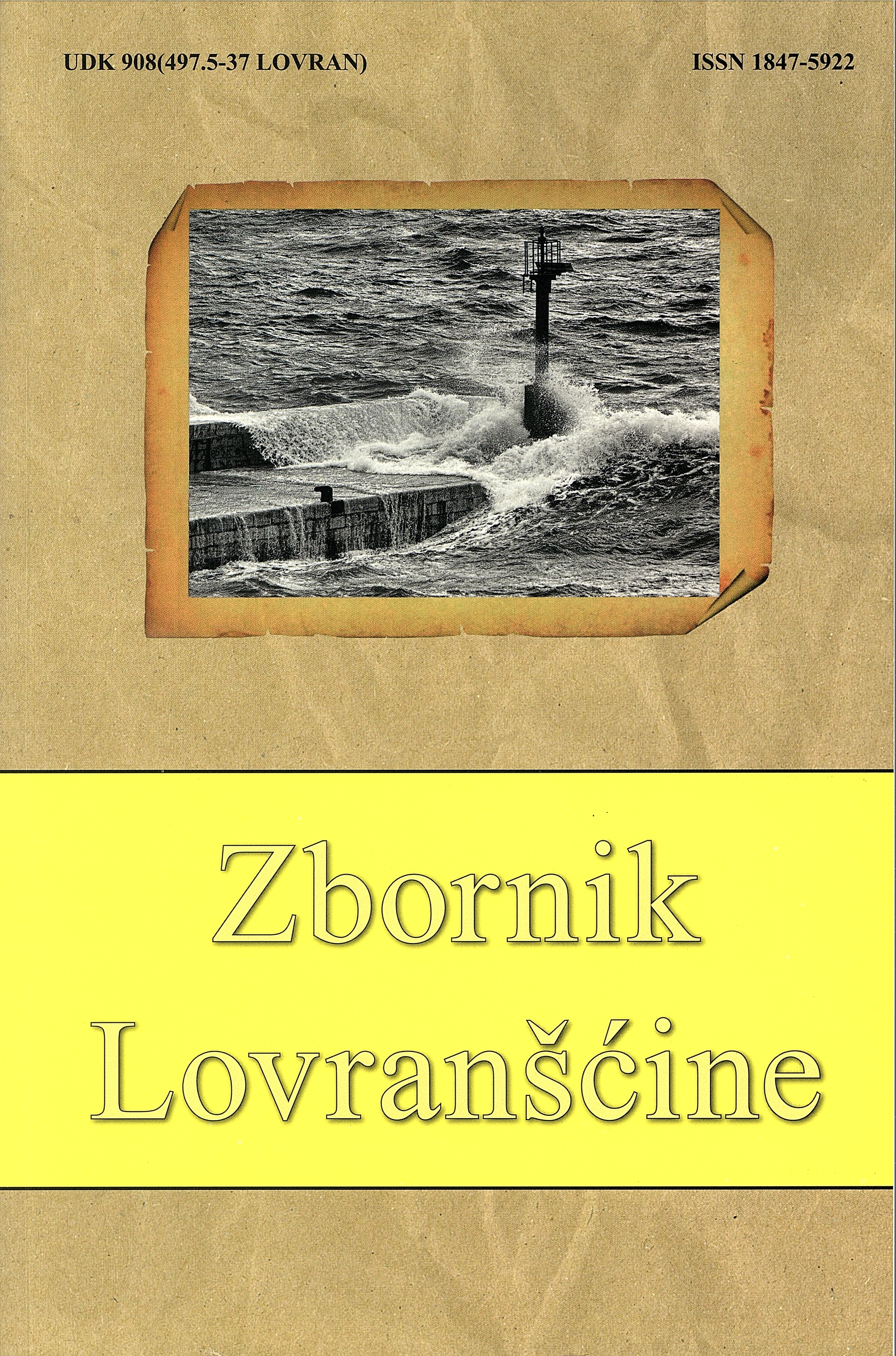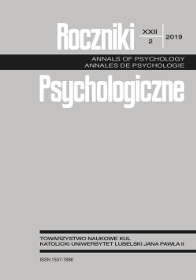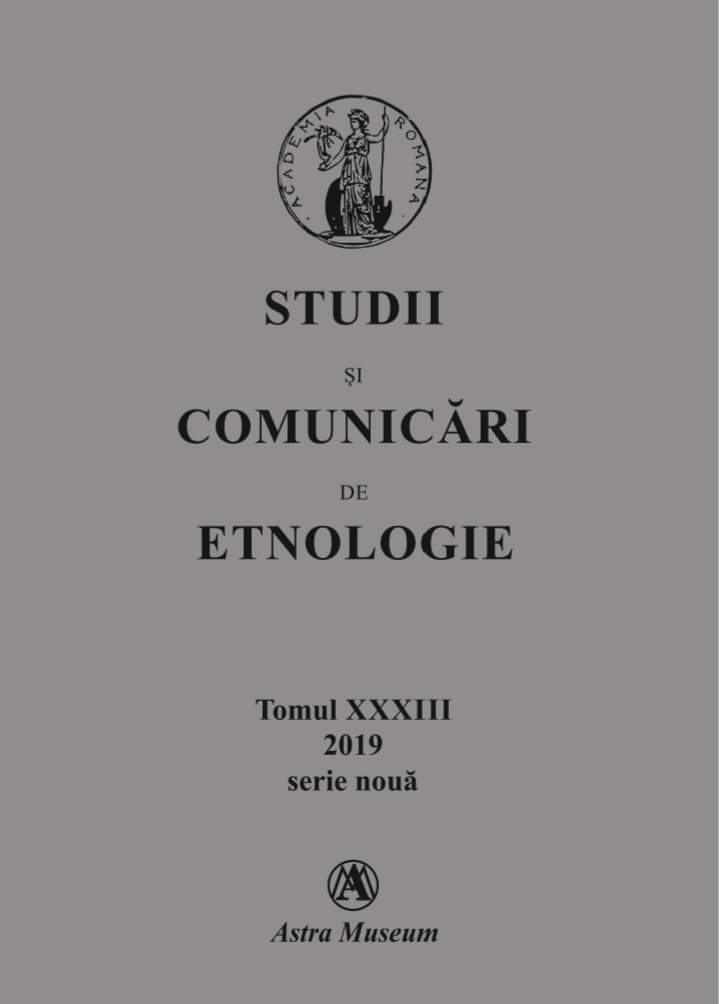Образи фортепіано в "Piano Gesang" Ігоря Щербакова
Purpose of Article.The article reveals images of the piano in the oeuvre by Igor Shcherbakov, especially in his piece "Piano Gesang," traces their continuity and transformations relative to images of the piano formed in the Ukrainian and world musical culture of previous epochs. Methodology. The research methodology lies in using a holistic analysis of a musical work. Logical methods of analysis and synthesis are used to identify images of the piano when considering the name of the piece, its ideas, and contents. The use of culturological and comparative methods allows us to trace the evolution of the melodious and nostalgic images of the piano and their reflection in the work of I. Shcherbakov. Scientific Novelty. In the article, a significant work of contemporary Ukrainian music "Piano Gesang" by I. Shcherbakov is analyzed for the first time. Innovative is also the consideration of this composition in order to identify typical images of the piano formed in modem Ukrainian professional music culture. Conclusions. The image of piano of Shcherbakov consists of two main interconnected components: the image of the piano as a singing instrument and the nostalgic image of the piano as a symbol of the "golden age" of musical art. In the formation of these images of the piano, an important role is played by both artistic and stylistic, as well as cultural and social factors. The nostalgic image of the piano is a manifestation of postmodern artistic consciousness, which is characteristic of modern Ukrainian and world art.
More...
